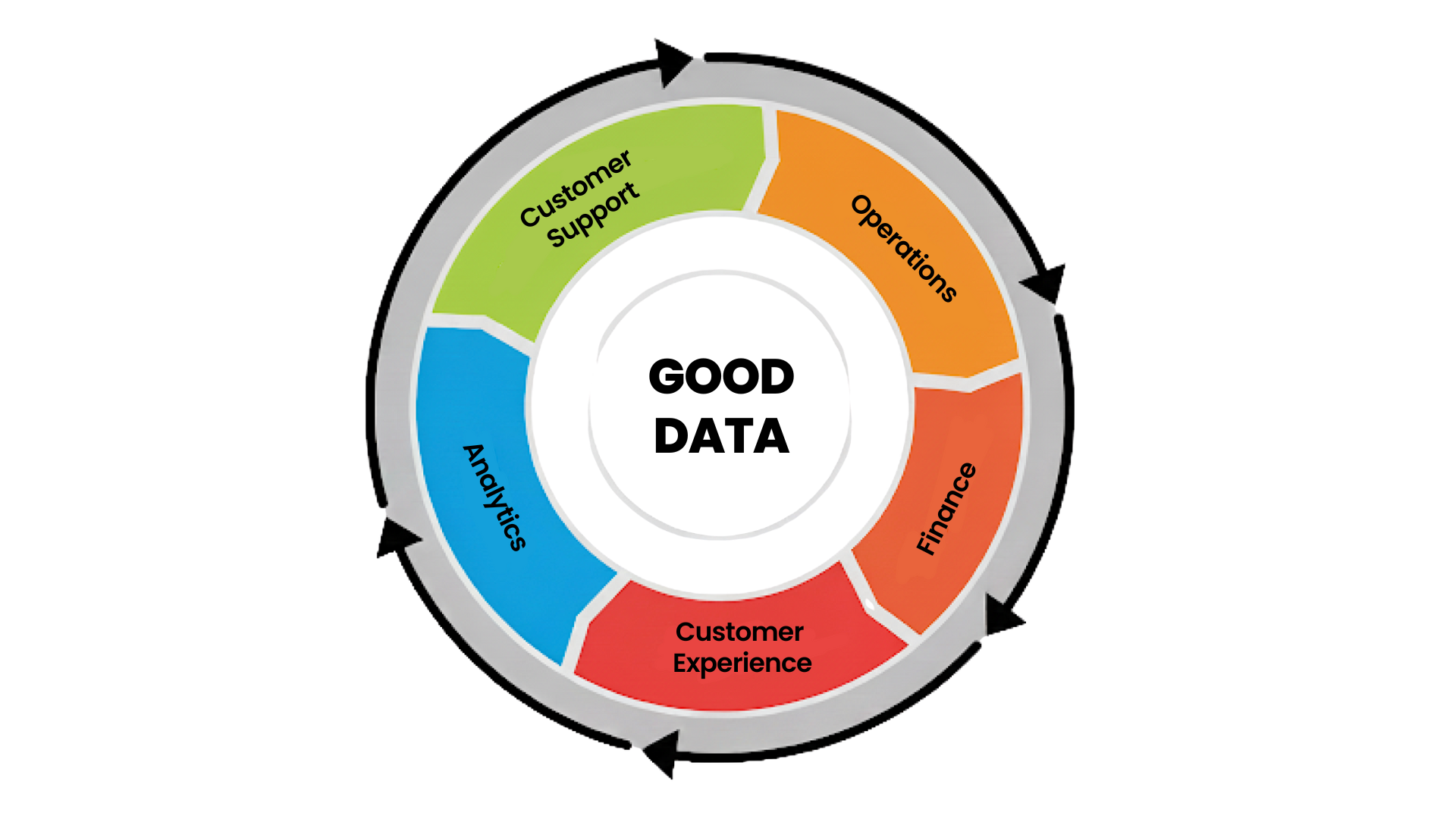Data Quality and System Reconciliation: The Key to Seamless Customer Experience
The Quiet Foundation of Customer Trust
Your call centre’s AHT (Average Handling Time) is climbing. Self-service rates are dropping. Customers are frustrated, and your NPS (Net Promoter Score) isn’t where it should be. The issue often isn’t your product or your people — it’s the quality of the data flowing through your systems.
When CRM platforms (like Salesforce) and operational systems don’t stay in sync, the results ripple across the organization. By strengthening reconciliation and ensuring data consistency, every team — from customer support to finance — can work with confidence, and customers get the smooth experience they expect.
How Strong Data Quality Benefits Every Function
1. Customer Support Becomes Effortless
When updates flow consistently across systems, agents no longer need to chase mismatched records. A phone number updated in the CRM reflects instantly in the operational system, ensuring customers get the right notifications the first time.
-
Benefits:
- Faster AHT thanks to fewer double-checks.
- Higher First Call Resolution (FCR) with fewer escalations.
- Reduced agent stress and happier customers.
-
How:
Daily comparison checks flag mismatches like phone numbers or addresses. Simple rules decide which system provides the correct value, and discrepancies are automatically resolved. Over time, this builds a trusted source of truth for every field.

2. Self-Service Stays Smooth
Accurate data makes digital channels truly self-sufficient. When a customer’s Date of Birth matches across CRM, portal, and identity verification systems, authentication works without a hitch.
Benefits:
- Self-service adoption rises.
- Cost per Contact (CPC) drops as call volumes decrease.
- Customers enjoy effortless experiences online.
How:
Nightly checks ensure identity data (DOB, email, name) remain aligned across systems. Completeness checks prevent partial or inconsistent entries from disrupting logins, keeping the customer experience simple and secure.
3. Marketing Delivers With Precision
Clean, reconciled customer records ensure personalized campaigns reach the right inbox — without duplicates or missed opportunities.
Benefits:
- Campaign conversion rates improve.
- Upsell and cross-sell opportunities increase.
- Customers feel recognized and valued.
How:
Email validation catches typos (like “gmal.com”) before campaigns launch. Reconciliation merges duplicate records, while relevance filters ensure only complete, up-to-date profiles receive communications.
4. Finance and Billing Stay Accurate
With synchronized systems, invoices always reflect the customer’s latest plan or pricing tier. That means fewer disputes, faster payments, and greater trust.
Benefits:
- Bills are correct the first time.
- Finance teams save hours of manual checks.
- Cash flow improves as DSO decreases.
How:
High-priority billing fields (plan type, start date, pricing) are validated across systems. Automated reconciliation detects gaps, triggers adjustments, and ensures corrections are made before invoices go out.
5. Field Operations Run Smoothly
When addresses match across CRM, scheduling, and service platforms, technicians arrive at the right place, on time, every time.
Benefits:
- Truck roll costs are controlled.
- SLA compliance is consistently met.
- CSAT and NPS rise with reliable service delivery.
How:
Reconciliation prioritizes updates made directly by customers, flags discrepancies before dispatch, and standardizes address formatting to prevent false mismatches.
A Story of Data Done Right
Emma, a loyal customer, updates her address online. Thanks to strong reconciliation processes, the change reflects across CRM, billing, and field operations systems immediately.
Her technician shows up at the right place, her invoice reflects the right charges, and her self-service portal works flawlessly. Emma remains a satisfied customer and recommends the service to her network — creating a ripple effect of positive loyalty.
The Multiplier Effect of Good Data
High-quality data creates value across the organization:
- Customer Support: Faster resolutions, happier customers.
- Operations: On-time service and efficient processes.
- Finance: Accurate billing and improved cash flow.
- Analytics: Reliable insights for smarter decisions.
- Customer Experience: Consistency that drives loyalty.

Building Your Data Quality Framework
To make this a reality, organizations can:
- Reconcile Systems: Regularly align and update records.
- Enforce Data Quality Rules: Validate critical fields at entry.
- Monitor Proactively: Catch sync failures with automated alerts.
- Share Ownership: Involve every team, not just IT.
- Break Down Silos: Ensure all departments access the same version of truth.
The Payoff
With the right framework in place, data works for you — not against you.
- Accurate Reporting: Insights leaders can trust.
- Operational Efficiency: Less time spent on corrections.
- Customer Confidence: Consistency across touchpoints builds loyalty.
Data quality isn’t just an IT concern. It’s the foundation of seamless customer experiences, efficient operations, and lasting trust.